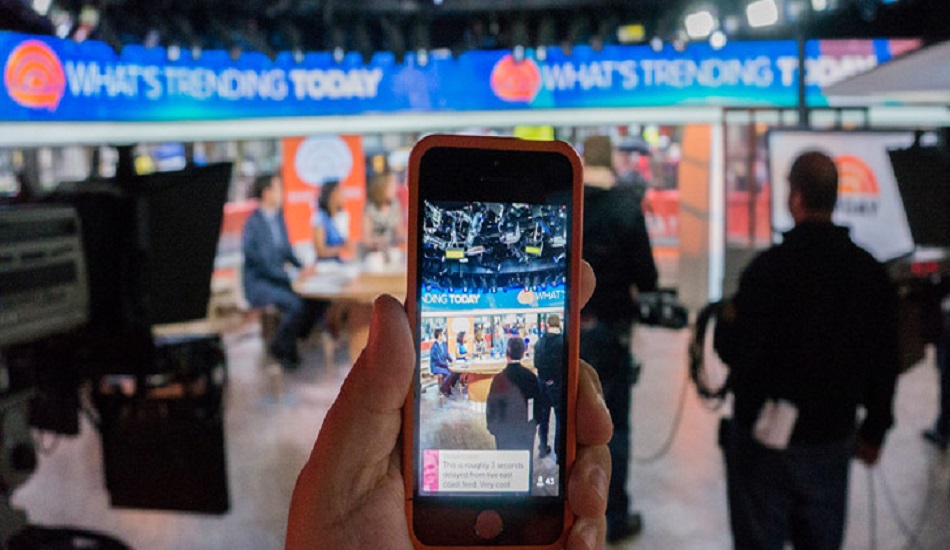In this technologically advancing world, the simple cable TV is facing increasing competition from other modes, like, satellite TV or DTH and streaming apps. The fact that TV is broadening its horizon beyond the living room is being wholeheartedly accepted by the entire population of the country.
In cable TV, signals are received by the cable operators via satellite and transmitted to nearby areas via wires. Cable TV companies have seen a drop over the past few years. This was earlier due to Direct to Home (DTH) connection where the signals are received through an Antenna installed on the roof of the houses, and there is no involvement of any middlemen. But, now after the introduction of a vast number of streaming apps, more and more people are opting for the streaming App services such as Netflix, Amazon Prime or Hotstar. Streaming app services are not limited to our phones only. They can be easily installed on our laptops and smart TVs also and viewed with all the comforts. Companies like Videocon, Airtel, Dish TV etc provide DTH connections.
So, let’s check out which is a better choice: Cable, DTH or Streaming Apps
Stability
Both Cable and DTH are somewhat similar when it comes to being stable. They tend to black out during severe weather conditions (like storms, rainy season, etc.).Bad weather conditions affect the internet network as well, and without the internet, the streaming apps are of no use.
Picture Quality
The picture quality is way better in streaming app as well as in DTH when compared with cable TV. Streaming apps have options like 720p and 1080p HD. Some DTH set-top boxes also have the option of 1080p HD. The only big issue with DTH is when the weather is very gloomy, or during rain and lightning, this picture quality is affected. Image quality is a drawback of the cable TV. Many of customers own LCD or plasma TVs which are designed for viewing TV programs filmed in high-definition.
Channel Variety
Cable TV companies generally do not offer the variety of channels. They have limited number of channels. With satellite TV or DTH and Streaming apps, people have an option to pick and choose what they what to see. DTH also provides some interactive channels and some additional services like movies on demand etc.
Cost
As far as the cost of service is concerned DTH, cable tends to be more expensive as compared to cable TV. In some places, Cable TV guys charge just Rs 150 for the services. In the case of DTH services usually, start at Rs 500 for a decent collection of channels.
Streaming Apps are a mixed bag – some services are 100% free awhile others are chargeable. Like in NETFLIX, Amazon Prime and so on has to pay a fee.However, in the case of streaming apps consumers have to pay for data irrespective of whether one is watching a free app or a paid one. If you’re watching a two-hour movie in HD, you can expect to use 6 GB of data. The standard definition streaming uses upto 1.3 GB data per hour.
Time and location flexibility
Streaming apps enable you to watch your favourite show without any time and place constraint. You can watch shows on your schedule and not TV’s schedule. It often has no or sometimes very short duration ad breaks. This flexibility is not present in the cable but in DTH one can pre-record the programs but for that one has to upgrade the set-top box.
Two popular devices, Google Chromecast and Apple TV, both of which are compatible with a huge number of apps, lets you watch on the big screen while controlling it with your phone or tablet.
We can see that each one of them, Cable TV, DTH and Streaming app has its pros and cons. The streaming app can be considered as a better option since all the TV channel nowadays is available in the form of apps for your mobile phone. Most people are unable to watch the linear television, due to which more and more channels are adopting the digital path. You can watch shows with better picture quality anytime and from anywhere.


